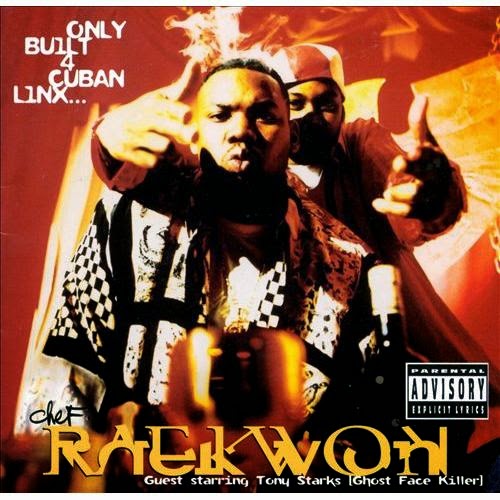The feedback I was given from my focus group has been invaluable to my understanding of how to present my final product in a way which will be pleasing to my target audience.
On the topic of the XXL cover featuring Dr. Dre one member stated that the continuation of the colour scheme through to the artists costume proved to be highly effective, representing the artist as having a link with the text and generating an aesthetically pleasing quality.
Another member stated that the use of props to represent the artists music in an indirect manner was effective in portraying the artist in a cognitive fashion.
When speaking about the SOURCE example, someone mentioned that the ninety degree rotation of 'THE' was an effective tweak to the title block, perhaps appealing to a younger and more subversive audience.
When asked to speak about the contents page featuring Ice Cube a member came to the conclusion that the low-key lighting in combination with the close-up tight framing of the artists face effectively created a dominant and aggressive representation of the artist. The semi translucent effect on the coloured box also received positive feedback, specifically about the aesthetic quality and the simple, easy to navigate layout it generated.
When designing my contents page I will also include a semi translucent coloured block in order to achieve the same aesthetic quality as the example.
The members of the focus group seemed to agree that the use of the rule of thirds within the double page spread featuring Kat Williams was aesthetically pleasing adding cohesion to the spread and making it easy to navigate. The also said that the colour scheme donated to this. One student mentioned that the size of the font was too small and should be made larger for easier accessibility. It was also agreed that by including controversial content within the article, the audience would feel more drawn towards it and engaged.
My final article will also include a similar topic to this example in order to achieve the same effect and appeal to the audience through a topic they find interesting allowing for maximum accessibility.











